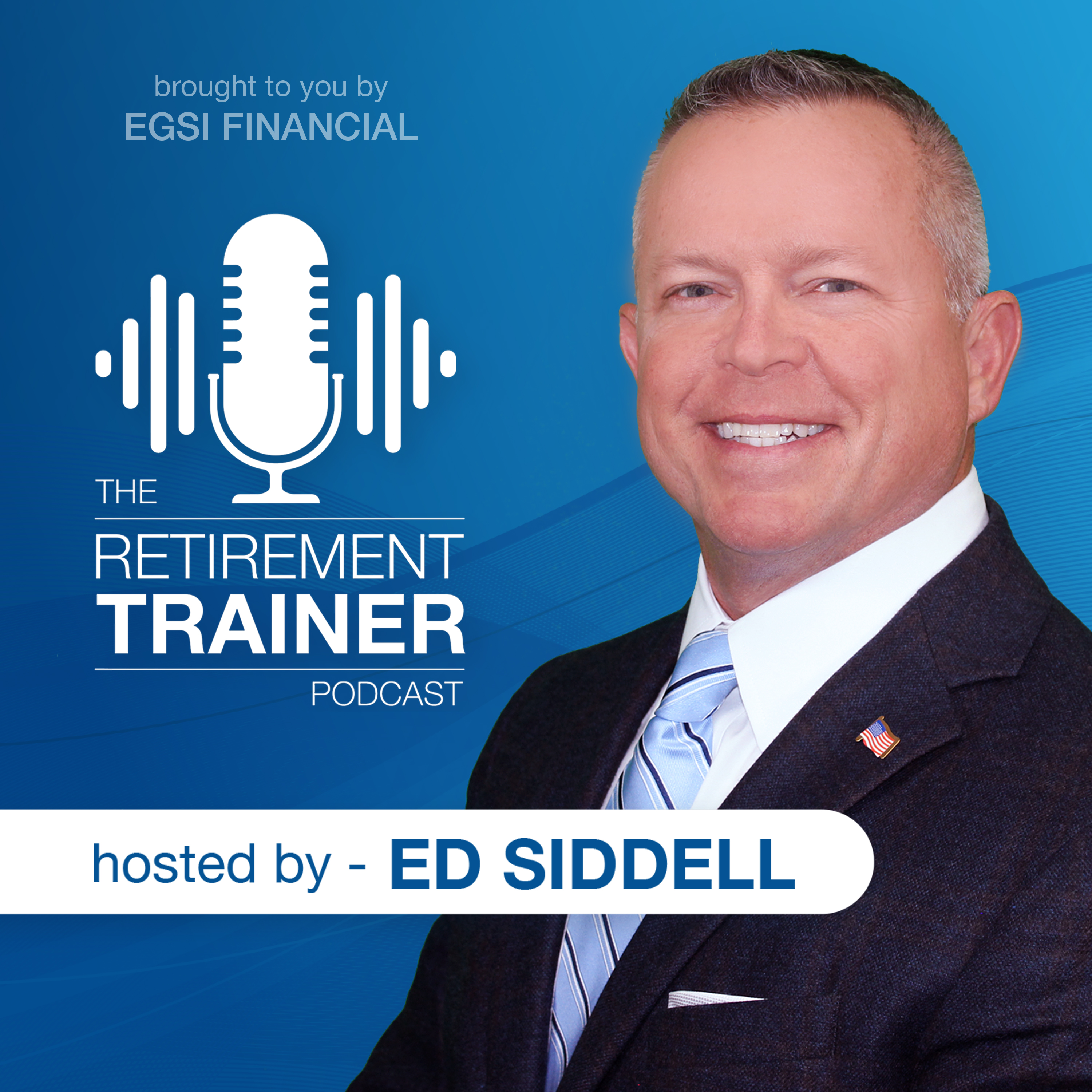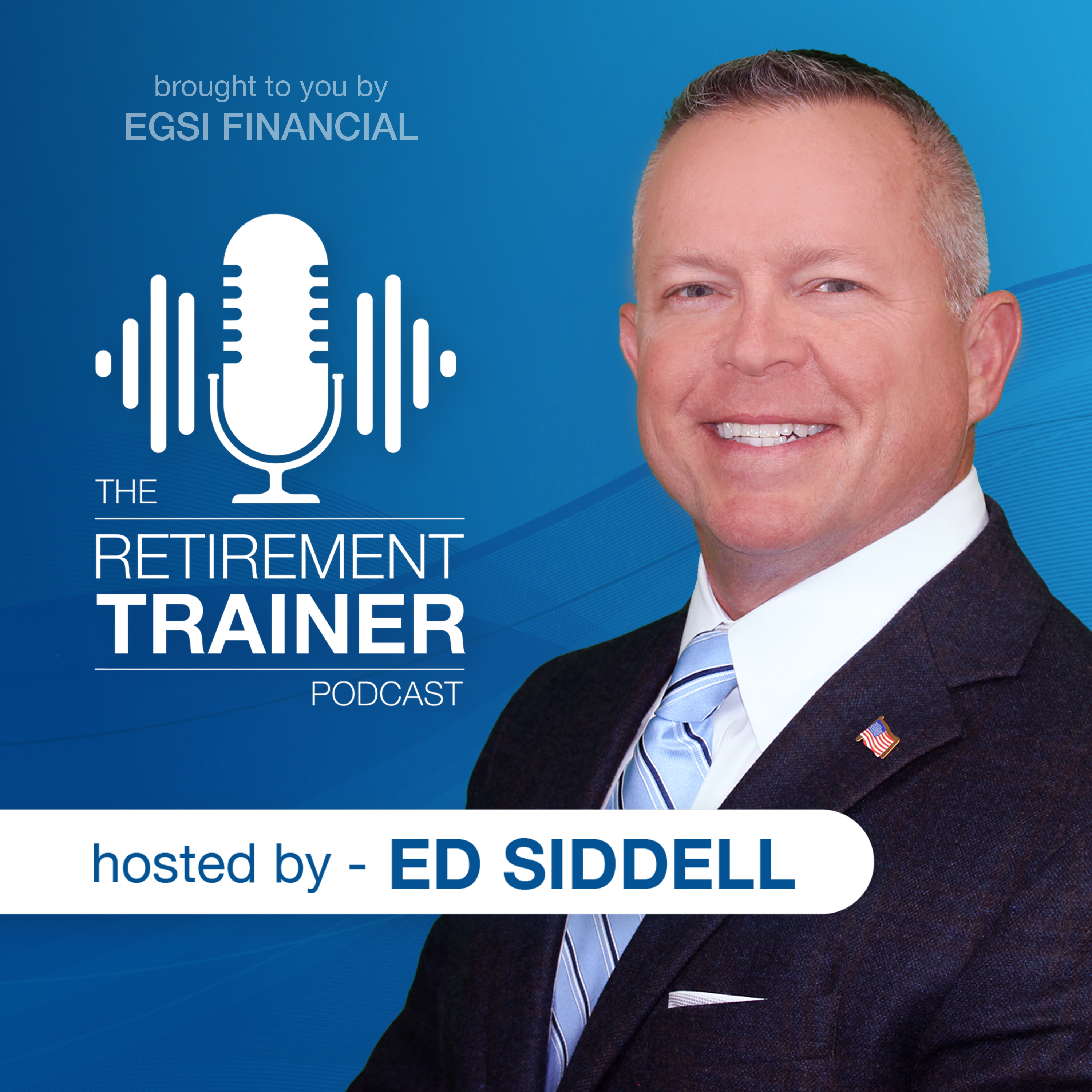Show Notes
Over the years, people have been able to take hardship withdrawals and loans against retirement plans to cover emergency medical expenses, tuition, rent, mortgage payments, repairs, funerals, and other sudden and unexpected costs.
However, the rules regarding these withdrawals and loans, the amount of money available to you, and the penalties for taking this money are extraordinarily complicated - and the CARES Act has changed many of these terms. You need to be able to take advantage of them the right way to avoid negatively impacting your retirement.
Today, we dig into changing rules and regulations when it comes to who qualifies for hardships, what you can do, and how to navigate this extraordinarily tricky situation to come out ahead on the other side.
In this podcast interview, you’ll learn:
- Why it’s so important to work with your CPA, tax attorney, or advisor if you plan to take out a hardship loan.
- Reasons to put the RMDs you already took out in 2020 back into your retirement account - and why you can do this tax-free.
- Conditions that may qualify you for hardship loans and withdrawals - and why so few employers know whether their retirement plan allows them.
- The difference between taking a hardship loan or a hardship withdrawal.
- Why taking loans for investments is a high risk activity.
Show Notes
To get access to today's show notes, including links to all the resources mentioned, visit TheRetirementTrainer.com/26
How Fit Is Your Retirement Plan? We can help you manage your finances so you can pursue your goals. To learn more, visit EGSIFinancial.com






